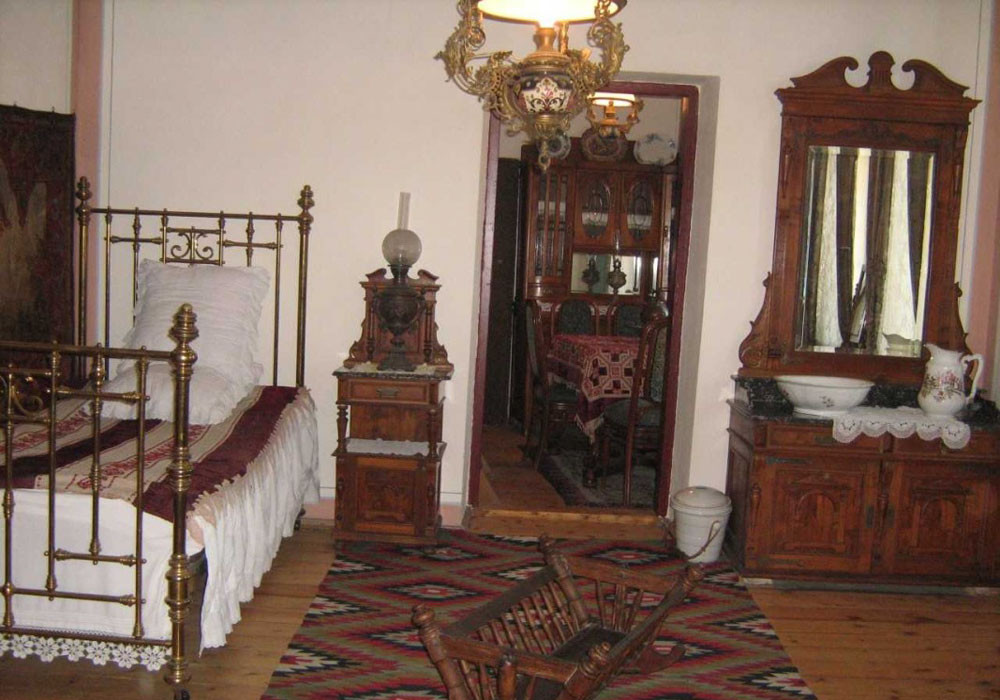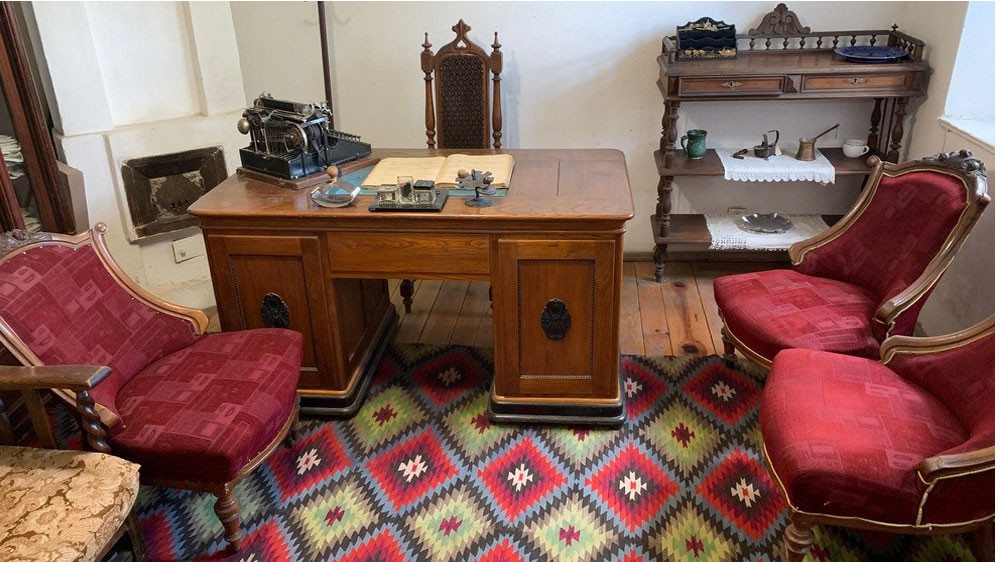The anniversary is marked with an exhibition in Aleko Konstantinov’s place of birth – the town of Svishtov located on the right bank of Danube River. Aleko Konstantinov, nicknamed “The Lucky Man” (Shtastlivetsa), is among the most prominent and beloved Bulgarian writers and public figures. He initiated the tourist movement in Bulgaria. His native house is among the most impressive buildings in Svishtov.

In 1896, Aleko Konstantinov refused to sell his house to a merchant who offered 15,000 golden levs. A flask, which keeps the writer’s heart, is one of the most valuable exhibits of the Museum-House of Aleko Konstantinov. Aleko’s heart is kept in a special liquid. It turned white over the years. A hole is clearly visible in Aleko’s heart. In fact, his heart was pierced by a rib which was broken by a bullet during his assassination. The suit he was wearing on the fatal day is also among the central exhibits in the museum.

The new museum exhibition includes photos of Aleko Kosntantinov and his family that were never shown before, photos and construction plans of the museum building from the 20th century, etc.
Compiled by: Veneta Nikolova
English version: Kostadin Atanasov
Photos: library and BGNES
They call Nikopol “the town of ages” because its history goes back thousands of years. It was founded as a settlement in the year 169 during the reign of Roman Emperor Marcus Aurelius. In 629, theByzantine Emperor renamed the town to Nicopolis, meaning..
There are rumours and speculations that some forgeries, so good that they are not inferior to the originals, could be found among the exhibits in the museums, but at the moment a whole series of forgeries can be seen at an exhibition..
A unique statue from the Roman period of Odessos, preliminarily dated to the late 2nd to the first half of the 3rd century, has been discovered during excavation works near the train station in Varna, said archaeologists from the Varna Regional..
On November 25, the Bulgarian Orthodox Church honours the memory of St. Clement of Ohrid – a distinguished archbishop, teacher and scholar. He was among..

+359 2 9336 661
